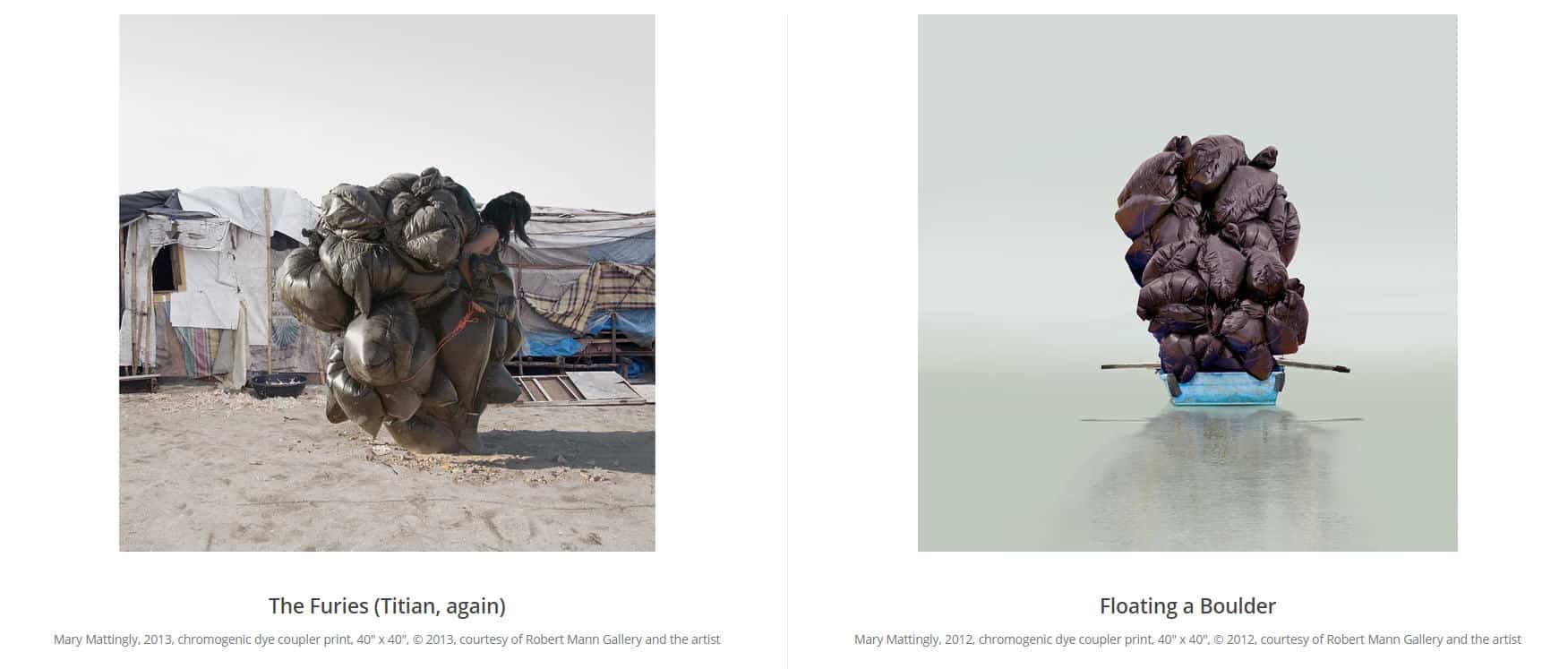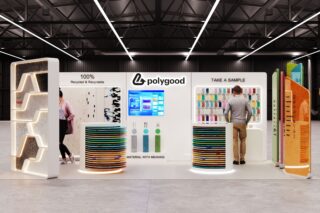How can an art exhibition not only address major environmental issues but entice viewers to participate in improving the health of planet Earth? Find out here.
Have we entered the last-chance phase to heal the planet we’ve damaged so badly over the years or is it too late to hope for a full recovery?
WATCH: Our Facebook live interview with Al Grumet, Digital Platform Director at Art Works for Change, and artist Mary Mattingly on how artworks can contribute to the improvement of our environments.
When American oceanographer Charles Moore discovered the first large mass of waste in the sea, it was “only” an area of 3.4 million km² contaminated by floating plastic waste. Two decades later, it is a constantly growing continent of rubbish measuring some 1.6 million km² and containing 80,000 tonnes of plastic, according to a scientific study published in the journal Nature in 2018.
WATCH The Great Pacific Garbage Patch Is Not What You Think It Is | The Swim
Although it is now more than three times the size of France, the Great Pacific Garbage Patch is invisible to satellites, as 94% of it is made up of minute fragments of plastic eroded from larger pieces.
How can art help?
Art Works For Change
Humanity currently uses the equivalent of 1.75 planets to satisfy our demands for natural resources and waste absorption, and we are on track to require the resources of two planets well before mid-century, according to Global Footprint Network, a partner of nonprofit organization Art Works For Change.
The organization creates contemporary art exhibitions to address critical social and environmental issues. Its museum-quality exhibitions are hosted by fine art institutions all over the world and feature artists whose work promotes awareness, provokes dialogue and inspires action.
In 2015, the organization launched the ongoing exhibition “Footing the Bill: Art and Our Ecological Footprint” that addresses the urgent need to live sustainably within the Earth’s finite resources: plastic pollution, wildlife conservation, climate change and humanity’s opportunity to transform our future through alternative energy and sustainable design.
Launched precisely on August 13, 2015 (Earth Overshoot Day 2015), the event features a curated exhibition of artists whose work challenges us to reflect on our ecological footprint, as well as virtual tours from leading environmental organizations. The exhibition is updated annually to commemorate Earth Day.


The online exhibition has deep-zoom viewing of stunning images, blog-style content and virtual tours featuring works from 39 invitation-only artists including Alexis Rockman, Ed Burtynsky, Mary Mattingly, Thomas Hirschhorn, Fred Tomaselli, and Cai Guo-Qiang. Each artist in the exhibition presents a unique visual story of our delicate relationship with the natural world.
The team at Art Works For Change are currently working on a new Footing the Bill exhibition that promotes the work of NRDC, one of the world’s leading environmental organizations.
CHECK OUT the organization’s Google Arts & Culture page which contains additional online exhibitions.
Inspiring Art Lovers to Participate in Changing the World
Each artwork in the exhibition is paired with a series of pledges that encourage individuals to take action in their own lives to reduce their environmental impact. Visitors can adopt one or more pledges that they can share, along with an image of the artwork that inspired them, on Facebook and Twitter (#EndOvershoot and #OneEarth).
CLICK HERE to learn how to pledge.
Thomas Hirschhorn, “Too – Too, Much – Much”, 2010, ‘Museum Dhondt Dhaenens’, Deurle, Belgium
OTHER PROJECTS BY ARTIST MARY MATTINGLY
SWALE: A project on public food, water and land in NYC. “Swale is a floating food forest built atop a barge that travels to public piers in New York City welcoming visitors to harvest herbs, fruits and vegetables for free. Swale strives to enhance the quality and responsible use of public waterways and land; works to encourage New Yorkers to reconsider our relationships with environmental ecosystems; and change perceptions and policies to increase the presence of edible perennial landscapes.”
ArchiExpo e-Magazine published an article on the project when it was launched in 2016.
https://www.facebook.com/TheFoodTank/videos/1360126224114452/
The Ecotopian Library is a public toolkit that stems from the belief that art and ecotopian thought can be part of cultivating systemic social change. It combines disciplines of forestry, botany, art, literature, philosophy and geology. People have contributed stories, objects, digital files, experiences or books to build a toolkit for more regenerative futures within climate change. Since it is place-based and it travels, it combines local toolsets as it moves. This resource should expand.
Public Water brings attention to the rarely-seen labor that humans (and non-humans) do to care for New York City’s drinking water.













